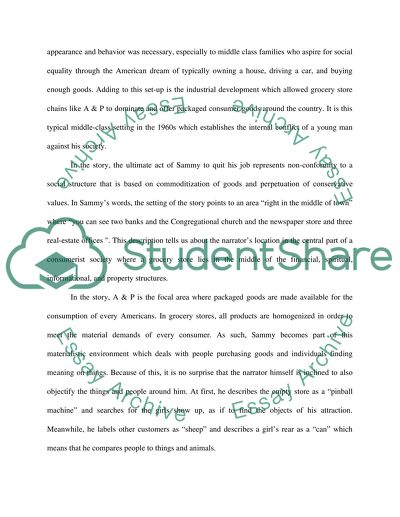Cite this document
(American Consumerism: John Updikes A & P Assignment, n.d.)
American Consumerism: John Updikes A & P Assignment. https://studentshare.org/sociology/1433144-literary-analysis-of-short-story
American Consumerism: John Updikes A & P Assignment. https://studentshare.org/sociology/1433144-literary-analysis-of-short-story
(American Consumerism: John Updikes A & P Assignment)
American Consumerism: John Updikes A & P Assignment. https://studentshare.org/sociology/1433144-literary-analysis-of-short-story.
American Consumerism: John Updikes A & P Assignment. https://studentshare.org/sociology/1433144-literary-analysis-of-short-story.
“American Consumerism: John Updikes A & P Assignment”. https://studentshare.org/sociology/1433144-literary-analysis-of-short-story.


